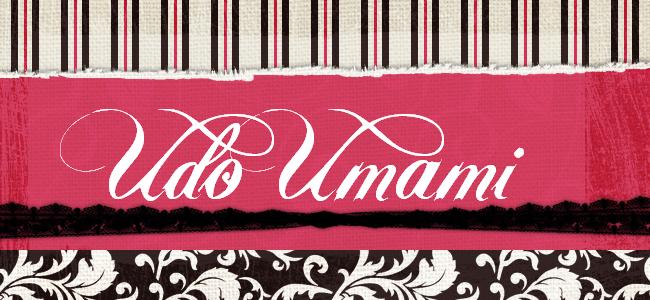The word umami may connote exotic ingredients and intimidating cooking methods, but it’s really a lot simpler than that. Many common ingredients are rich in umami, including:
- Tomatoes and tomato products such as paste
- Aged cheeses such as Parmesan
- All types of mushrooms
- Anchovies and anchovy paste
- Cured products such as bacon and ham
- Familiar sauces and condiments including Worcestershire and soy sauce
- Most meats and many fish and shellfish
- Tofu and miso
- Edible seaweed
In addition, common cooking processes such as smoking, curing, roasting and caramelization intensify umami flavors—just as they do other flavors. Taking an ingredient such as beef or pork and browning it, then braising the meat with products such as portabello mushrooms, prosciutto, carrots and potatoes results in a finished dish that is rich in umami.
An “umami bomb” like this—created through the combination of multiple umami products and cooking techniques—is greater than the sum of its parts. This is the kind of food that chefs strive to create, and customers hurry back for.
Many ethnic specialties are rich in umami, in particular Italian foods with their reliance on cured meats, tomatoes and cheeses, and Asian food with its focus on soy products, seaweed and seafood-based condiments such as fish sauce. In fact, umami was “discovered” by a Japanese scientist who was investigating the flavor of dashi, an ubiquitous stock that uses kombu (kelp) as its base.
There are many easy ways to boost the umami level in recipes. Adding a little Worcestershire sauce, anchovy paste or tomato to recipes will make them more savory—without necessarily adding an overt flavor of their own. Many chefs have discovered the “secret ingredient” of Asian fish sauce, which can be slipped into salad dressings, soups and sauces to add a certain something that is actually umami. (Sauces made from fermented fish are used throughout Southeast Asia, as both a recipe ingredient and condiment, in products such as Vietnamese nuoc mam and Thai nam pla.) And it’s no accident that so many foods taste better with a sprinkle of cheese on top.
Now chefs are upping the ante on umami by creating recipes that exploit its appeal. At the recent New Frontiers of Taste symposium—timed to celebrate the 100th anniversary of the discovery of umami—chefs Thomas Keller, Kunio Tokuoka and Hiro Sone prepared a special umami-rich luncheon for attendees. The menu showcased umami in many forms through both ingredients and technique:
- Egg Custard with Japanese Pepper Leaf Bud, Smoked Chicken Mousse and Parmesan
- Ginger-Poached Shrimp and Watermelon Salad with Lemongrass Vinaigrette
- Sous Vide Ribeye of Lamb with Eggplant Confit, Roasted Fennel, and Pickled Shallot
- Vanilla Mascarpone Cheesecake with Strawberry-Rosemary Reduction
For example, in the first course, using smoked chicken rather than plain chicken takes advantage of umami principles, and adding Parmesan makes for even more umami. The lamb dish illustrates that the techniques of sous vide (cooking food in an enclosed vacuum), roasting and pickling intensify flavors because they concentrate the umami characteristics naturally present in foods. And pairing a dessert with savory ingredients such as mascarpone cheese and rosemary also contributes to umami.




No comments:
Post a Comment